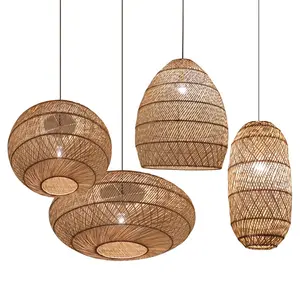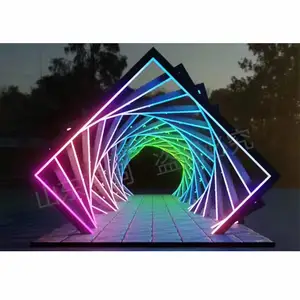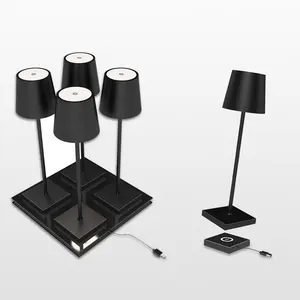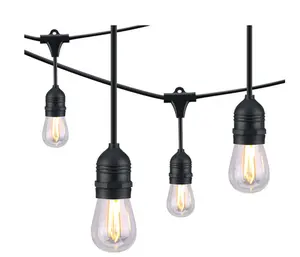Popular in your industry
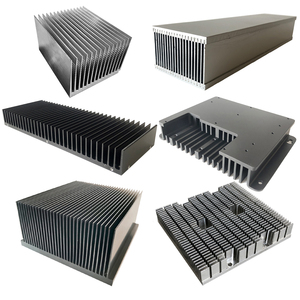




















































Top categories
About led heatsink fixture
Understanding LED Heatsink Fixtures
LED heatsink fixtures are essential components in thermal management systems, designed to dissipate heat from LED devices to maintain optimal performance. These fixtures play a crucial role in extending the lifespan of LEDs by preventing overheating, which can lead to reduced efficiency and device failure.
Materials and Construction
The construction of an LED heatsink fixture is typically based on materials known for their thermal conductivity. Predominantly, these heatsinks are crafted from an aluminum alloy or copper, materials chosen for their ability to spread heat over a larger surface area swiftly. The choice of material directly impacts the heatsink's effectiveness in transferring heat away from the LED device.
Types and Applications
There is a diverse range of LED heatsink fixtures available, each suited to different applications. From SSD heatsinks that protect high-speed storage devices to motherboard heatsinks that guard the central hub of a computer against excessive heat, the application dictates the heatsink's design and material composition. Other types include RAM heatsinks, which are vital for maintaining the integrity of memory modules, and laptop heatsinks, which are crucial for portable computing devices.
Features and Advantages
An LED heatsink fixture is designed not only for durability but also for its low maintenance requirements. Its ability to withstand significant amounts of heat without frequent upkeep is a testament to its robust construction. The design of these heatsinks often includes fins or pins that increase the surface area, enhancing the heat dissipation process. This feature ensures that devices such as CPUs, refrigeration units, and air conditioning systems operate at their peak performance by maintaining a controlled temperature.
Selection and Compatibility
When selecting an LED heatsink fixture, compatibility with the device it is intended for is paramount. The fixture must match the device's thermal output to ensure efficient heat transfer. The market offers a variety of shapes, including round heatsinks for applications requiring a more uniform heat distribution and large heatsinks for high-power devices. It is crucial to consider the dimensions and thermal requirements of the device when choosing the appropriate heatsink.
Environmental Considerations
In today's eco-conscious market, the thermal efficiency of an LED heatsink fixture also contributes to energy savings by reducing the need for additional cooling. By effectively managing heat, these fixtures can help in reducing the carbon footprint of electronic devices, aligning with environmental sustainability goals.
